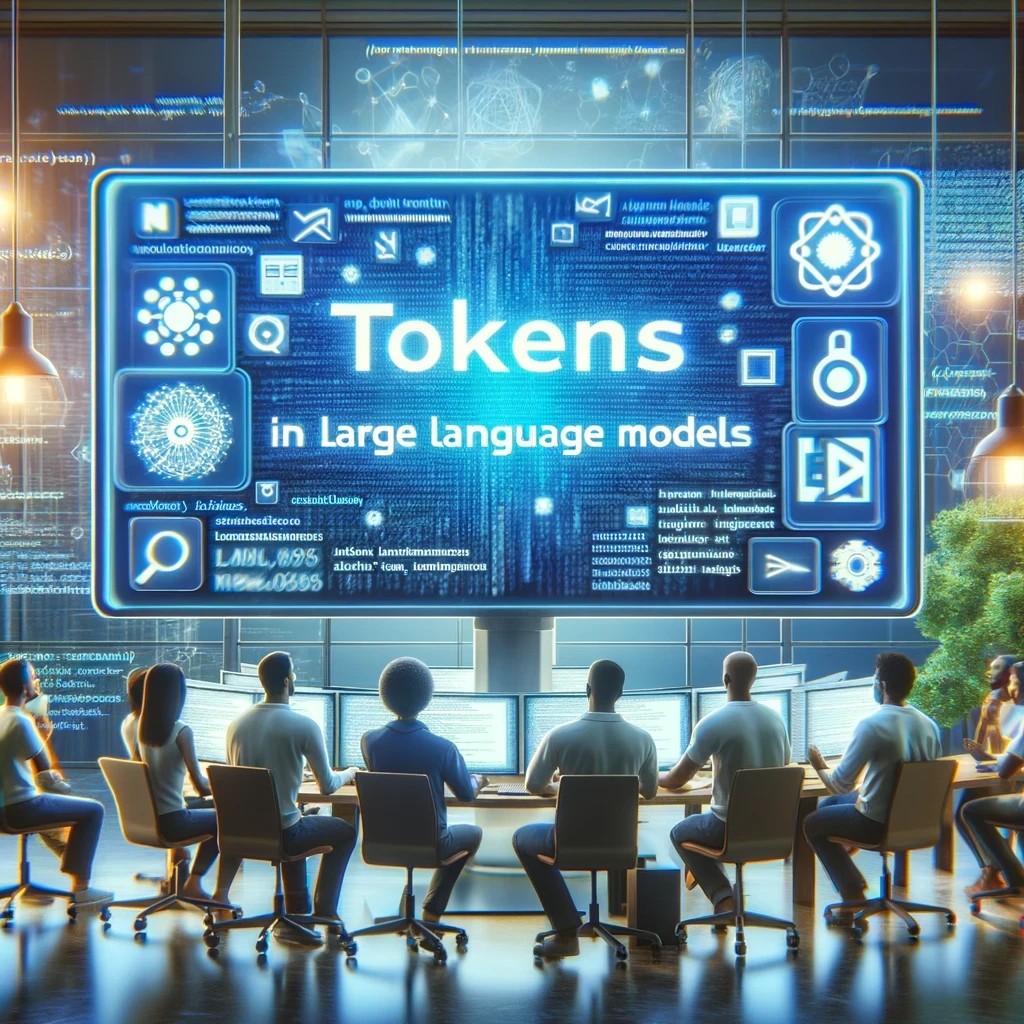
Understanding Tokens in Large Language Models: A Complete Guide to GenAI Developers
As generative AI continues to evolve and integrate into various applications, developers in the GenAI field need a solid understanding of fundamental concepts, one of which is the “token.” In this blog post, we’ll delve into what tokens are, how they are calculated, and how language model providers, like OpenAI, count them. This knowledge is crucial not only for effective model training and tuning but also for managing operational costs.
What is a Token?
n the realm of language models, particularly those like GPT-3 and GPT-4, a token is not merely a word. It represents a piece of text, which could be a word, part of a word, or even punctuation. Tokens are the basic units of text that language models process. The process of breaking down text into tokens is called “tokenization.”
How are Tokens Calculated?
Tokenization might sound straightforward, but it’s a nuanced process influenced by the specific language model and its training. Here’s a general outline of how tokens are typically calculated:
1. Pre-processing: Initial text cleanup includes converting to lowercase, removing extra spaces, and sometimes standardizing text (like turning “don’t” into “do not”).
2. Breaking Down: The text is split into manageable pieces. For English, this often starts with words and punctuation.
3. Sub-tokenization: Larger words or complex entities might be further broken down into smaller units. For example, the word “unbelievable” might be split into “un”, “believ”, and “able”.
How Do Language Model Providers Count Tokens?
Each language model provider has its specific method for counting tokens, which is critical for developers to understand, especially for cost management in cloud-based language model APIs. Here’s how some of the major players do it:
1. OpenAI: For models like ChatGPT (based on GPT-3 or GPT-4), OpenAI counts tokens by considering each token as a piece of a word or punctuation as defined by their tokenizer. The input and output tokens are counted together towards the limit per request.
2. Google’s BERT and similar models: Tokenization involves WordPiece or SentencePiece models, which break down words into more predictable sub-units. Each piece counts as a token.
3. Meta’s RoBERTa: Uses a byte-level BPE tokenizer which means it breaks words down to a more granular level, and each byte-level piece counts as a token.
Practical Implications for Developers

Thanks for sharing. I read many of your blog posts, cool, your blog is very good.
Your article helped me a lot, is there any more related content? Thanks!
Can you be more specific about the content of your article? After reading it, I still have some doubts. Hope you can help me.
Can you be more specific about the content of your article? After reading it, I still have some doubts. Hope you can help me.
Your point of view caught my eye and was very interesting. Thanks. I have a question for you.
Your article helped me a lot, is there any more related content? Thanks!
I don’t think the title of your article matches the content lol. Just kidding, mainly because I had some doubts after reading the article.
Your point of view caught my eye and was very interesting. Thanks. I have a question for you.
Thanks for sharing. I read many of your blog posts, cool, your blog is very good.
I don’t think the title of your article matches the content lol. Just kidding, mainly because I had some doubts after reading the article.
Your article helped me a lot, is there any more related content? Thanks!
Your article helped me a lot, is there any more related content? Thanks!
Your article helped me a lot, is there any more related content? Thanks!
Can you be more specific about the content of your article? After reading it, I still have some doubts. Hope you can help me.
Your article helped me a lot, is there any more related content? Thanks!
Thanks for sharing. I read many of your blog posts, cool, your blog is very good.
Thank you for your sharing. I am worried that I lack creative ideas. It is your article that makes me full of hope. Thank you. But, I have a question, can you help me?
Thanks for sharing. I read many of your blog posts, cool, your blog is very good.
Your point of view caught my eye and was very interesting. Thanks. I have a question for you.
Thanks for sharing. I read many of your blog posts, cool, your blog is very good. https://www.binance.com/bg/join?ref=V2H9AFPY
I don’t think the title of your article matches the content lol. Just kidding, mainly because I had some doubts after reading the article.
Thanks for sharing. I read many of your blog posts, cool, your blog is very good.
Thanks for sharing. I read many of your blog posts, cool, your blog is very good. https://www.binance.info/ru/register-person?ref=V3MG69RO
Your point of view caught my eye and was very interesting. Thanks. I have a question for you. https://www.binance.info/bn/register?ref=UM6SMJM3
Can you be more specific about the content of your article? After reading it, I still have some doubts. Hope you can help me. https://www.binance.info/es-MX/register-person?ref=JHQQKNKN
Your point of view caught my eye and was very interesting. Thanks. I have a question for you.
Thank you for your sharing. I am worried that I lack creative ideas. It is your article that makes me full of hope. Thank you. But, I have a question, can you help me?
Your point of view caught my eye and was very interesting. Thanks. I have a question for you. https://www.binance.info/sl/register-person?ref=OMM3XK51
Your article helped me a lot, is there any more related content? Thanks!
Your article helped me a lot, is there any more related content? Thanks! Sign Up
Thanks for sharing. I read many of your blog posts, cool, your blog is very good. 投资平台
Your article helped me a lot, is there any more related content? Thanks!
Thanks for sharing. I read many of your blog posts, cool, your blog is very good.
Thank you for your sharing. I am worried that I lack creative ideas. It is your article that makes me full of hope. Thank you. But, I have a question, can you help me?
Your point of view caught my eye and was very interesting. Thanks. I have a question for you.
Thank you for your sharing. I am worried that I lack creative ideas. It is your article that makes me full of hope. Thank you. But, I have a question, can you help me?
Can you be more specific about the content of your article? After reading it, I still have some doubts. Hope you can help me.
Your point of view caught my eye and was very interesting. Thanks. I have a question for you.
Thanks for sharing. I read many of your blog posts, cool, your blog is very good.
Can you be more specific about the content of your article? After reading it, I still have some doubts. Hope you can help me.
Thank you for your sharing. I am worried that I lack creative ideas. It is your article that makes me full of hope. Thank you. But, I have a question, can you help me?
Your article helped me a lot, is there any more related content? Thanks!
Can you be more specific about the content of your article? After reading it, I still have some doubts. Hope you can help me.
Can you be more specific about the content of your article? After reading it, I still have some doubts. Hope you can help me.
Предлагаем вашему вниманию интересную справочную статью, в которой собраны ключевые моменты и нюансы по актуальным вопросам. Эта информация будет полезна как для профессионалов, так и для тех, кто только начинает изучать тему. Узнайте ответы на важные вопросы и расширьте свои знания!
Получить дополнительную информацию – https://vivod-iz-zapoya-1.ru/
Your point of view caught my eye and was very interesting. Thanks. I have a question for you. https://www.binance.com/si-LK/register?ref=LBF8F65G
Your point of view caught my eye and was very interesting. Thanks. I have a question for you. https://accounts.binance.com/fr-AF/register?ref=JHQQKNKN